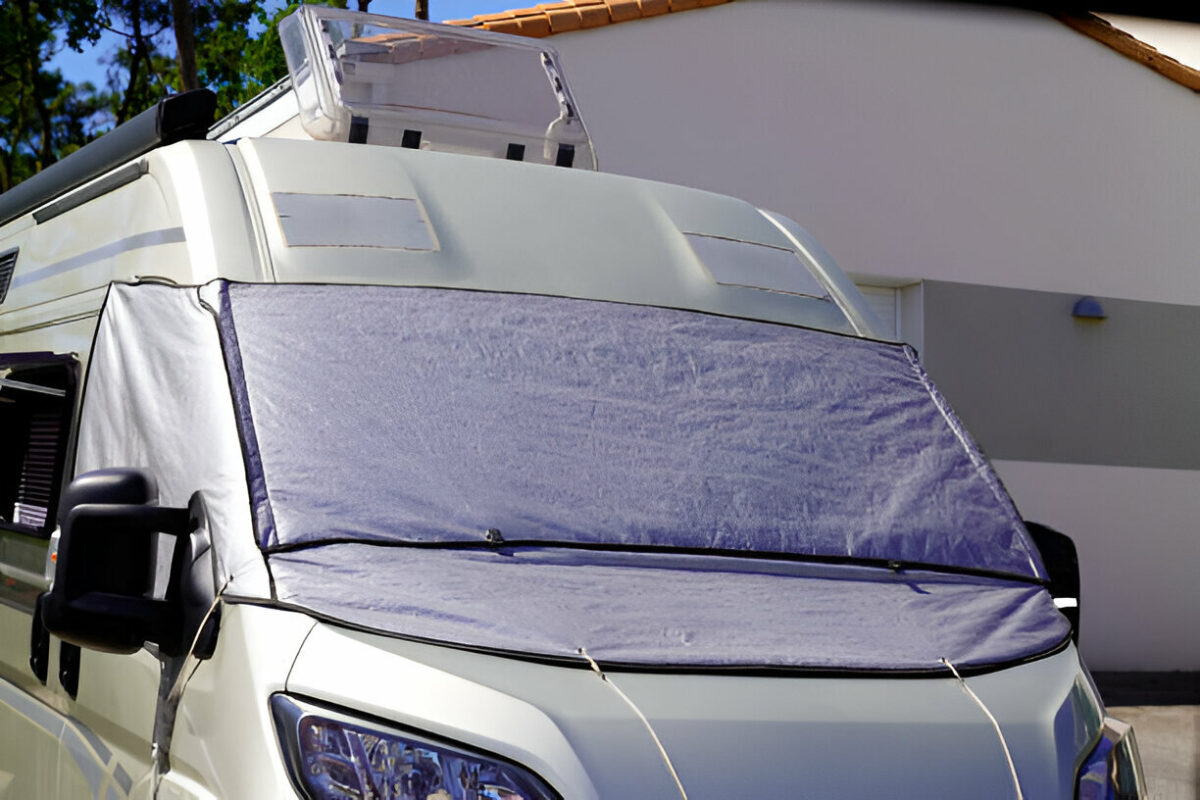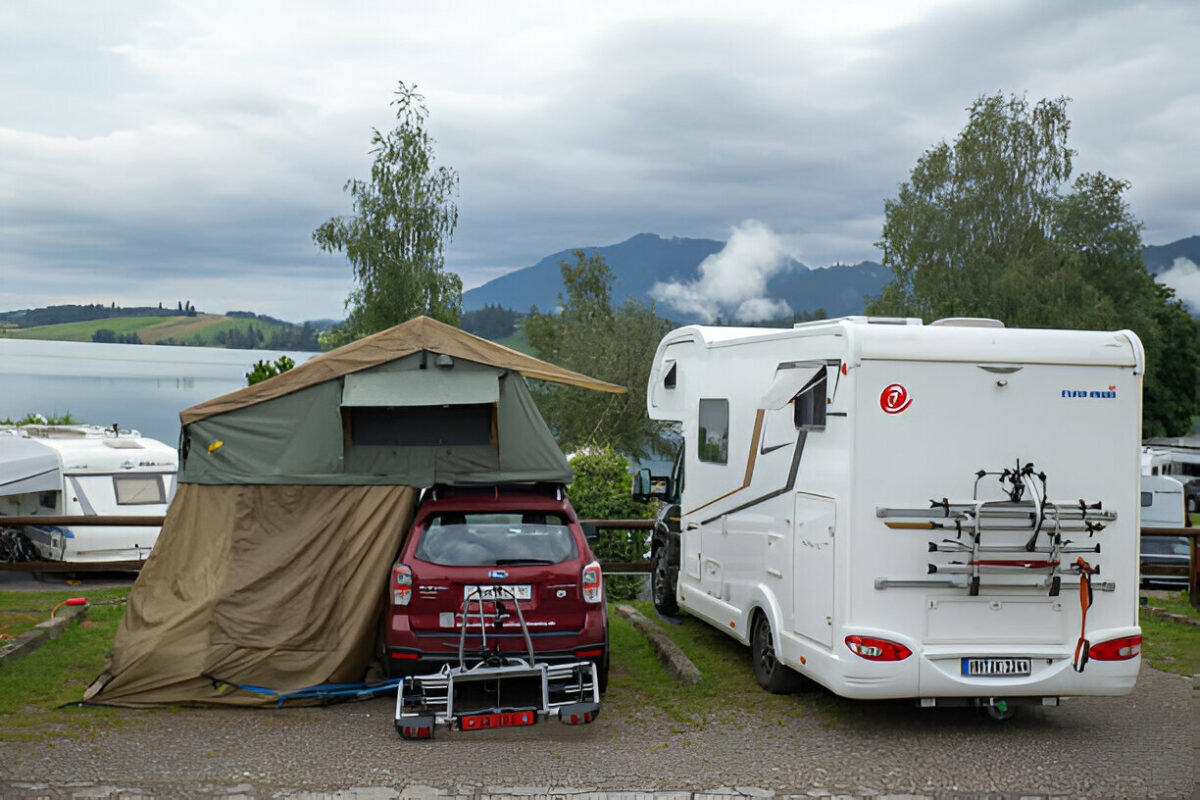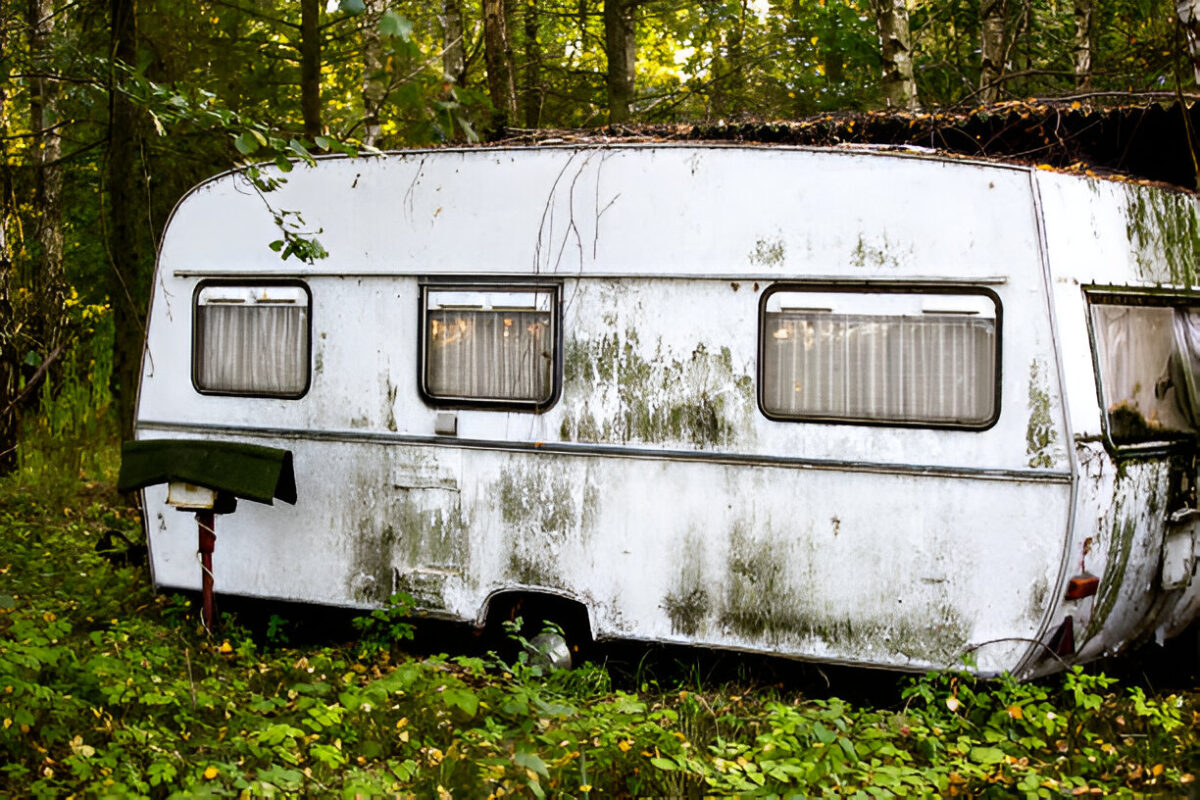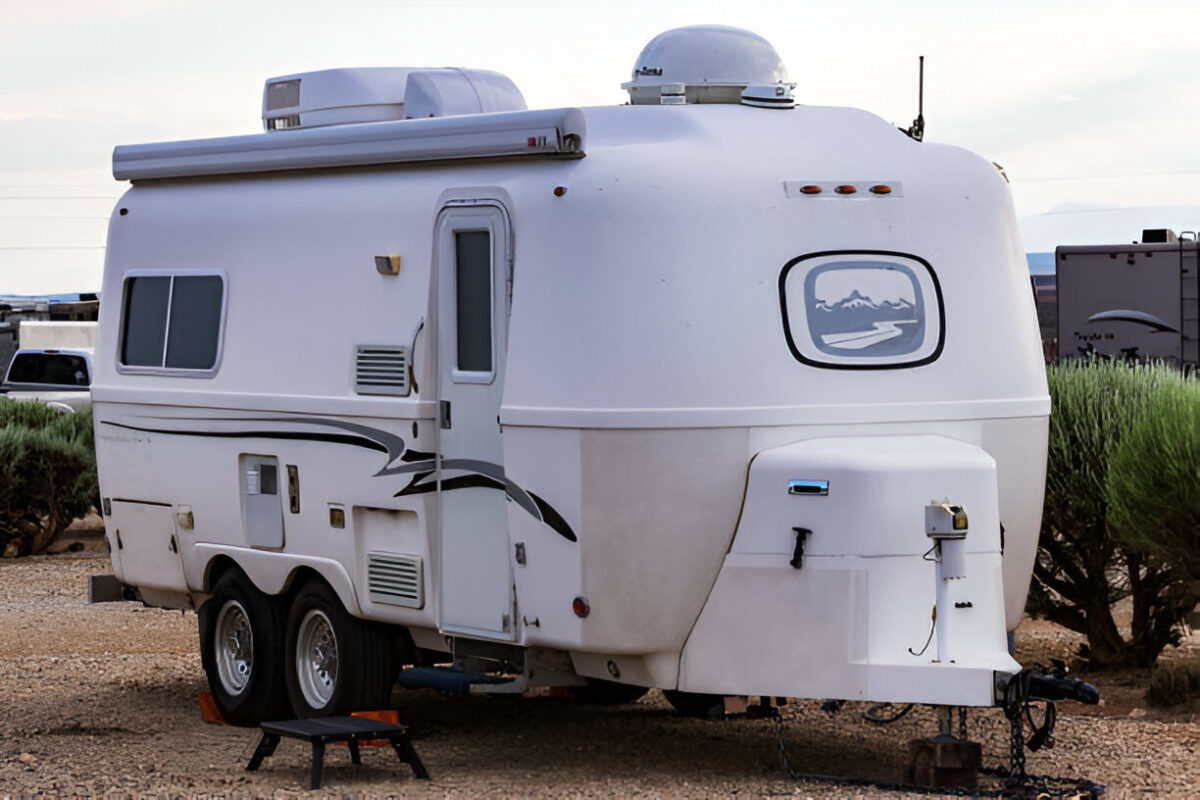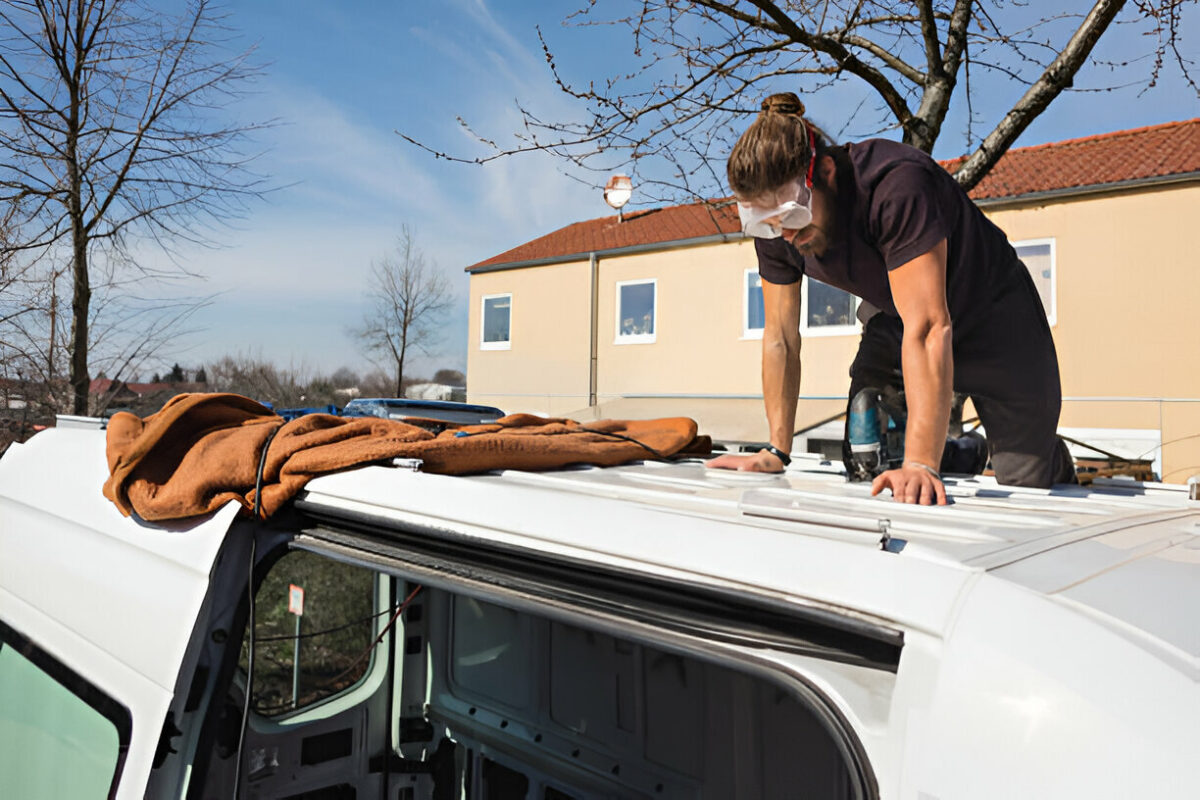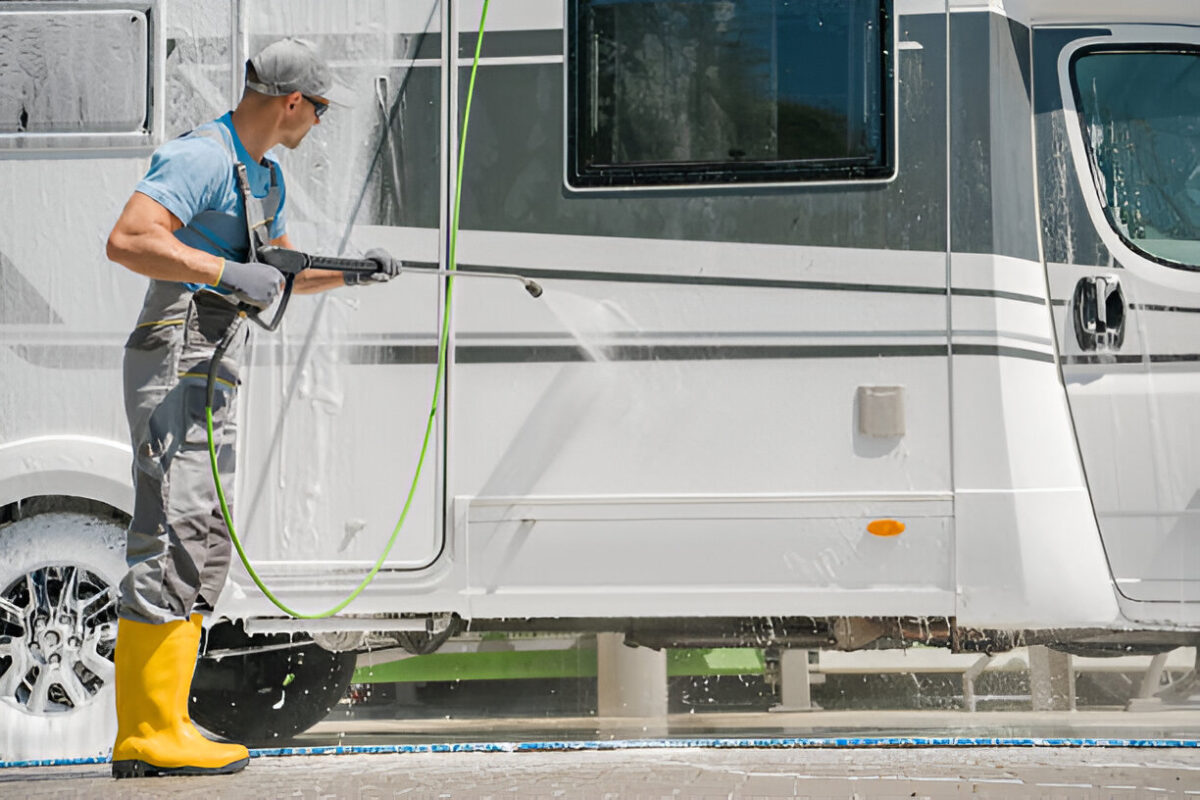How to Restore an Older RV with Fiberglass

Throughout your time owning an RV, countless adventures take place. The people you travel with might change, but your vehicle stays the same in most cases. Since so many memories are attached to your RV, it gets harder to say goodbye. Also, considering that buying a new RV is expensive, we all look for an easy way out. Your RV most definitely becomes a victim of wear and tear, especially its fiberglass exterior. This calls for an upgrade in the form of restoration.
Restoring your RV with fiberglass grants it a new life. You can give it a fresh look and make it road-ready with a simple project. This blog provides a step-by-step guide on how to restore your old RV with newer fiberglass.
Step 1: Assess The Condition Of Your RV
Before you dive into the restoration process you need to know what you are working with. Since most of the damage is on the body of the RV, there are certain things you need to keep an eye out for. First, you need to look for any cracks or holes in the fiberglass. Due to exposure to debris on the road, the chances of cracks are high. Next up look out for signs of delamination. This occurs when the fiberglass separates from the structure of the RV leaving behind bubbles or soft spots.
Discoloration and fading are other issues common in old RVs. These ruin the aesthetic appeal of your home on wheels making it look like scrap. Lastly, look for signs of structural damage. Anything that could compromise the structural integrity of your RV is a problem and needs immediate assistance. If you face problems assessing your RV or with the restoration process feel free to contact a professional RV fiberglass company. They will take matters into their own hands and restore your RV making it as good as new.
Step 2: Gathering the Necessary Tools and Materials
To move forward with the restoration you need to have the right equipment. Some glue and tape would not just do the job. Here is the list of things you need for your fiberglass restoration.
- Fiberglass Repair Kit
- Sandpaper
- Body Filler
- Protective Gear
- Paint and Primer
- Cleaning Supplies
Having all the necessary supplies on deck beforehand reduces delays in the process. Once you start with half the equipment, frequent stops at the store are what you would be expecting. Your restoration needs to be smooth and for that, you need the right equipment.
Step 3: Repairing Cracks and Holes in Fiberglass
This is where the real fun begins. You begin the restoration process by fixing the cracks and holes. To start, clean the damaged area with soap and water followed by acetone. This is done to remove any grease or wax which allows the resin to stick perfectly. Next using coarse sandpaper, sand down the affected area. The rough surface aids the fiberglass in bonding easily. The next step is to apply the fiberglass patch. Cut a piece of fiberglass cloth larger than the damaged area. Mix the resin and hardener then apply it to the crack or hole. Following that place the fiberglass cloth on the damaged area and apply a coat of the mixture over it. Using a squeegee removes any air bubbles and extra mixture.
Next, let the patch cure. This might take a few hours or even overnight to harden. Using medium and fine grit sandpaper smooths out the surface. In case of uneven surfaces use body fillers and then sand the area down for a smooth surface. If you want to avoid all this hassle it is advised that you call in the experts. From RV roof restoration to fiberglass restoration, they do it all.
For Delamination…
First, figure out the delaminated area. The next step is to drill holes in the affected area. Make sure to space out the holes evenly. Using an injection, inject the mixture into the holes, the aim is to fill the void caused by delamination. Keep in mind to apply even pressure for a better result. Using a roller or clamps is an easier way to even out the pressure. Next, let it dry out and then sand it for a smooth outcome.
Restoring The Paint And Shine
Once you are done with repairing the RV it is time to give it a glow up. It is necessary to wash off any dirt or grime from the exterior before you begin. Start by sanding the RV fiberglass with fine-grit sandpaper. This allows the primer to latch on with ease. Following that apply a coat of primer. It acts as a uniform base and lets the paint adhere better. The fun part is when you get to paint the RV. You can always use a paint gun for a professional finish. Remember to let the paint dry before applying another coat.
For added protection and gloss apply a clear coat on the paint. The last step is to polish and wax the car for a neat and clean finish. To keep it that way ensure to wash your RV regularly. This keeps away the mold and other dirty particles that ruin the paint. You can always book an RV cleaning service online. They will shine your RV inside and out giving it a fresh and healthy look.
Final Thoughts
Restoring your RV is a fun experience on its own. You get to keep your old partner while making it look brand new. In the view of most RV owners, this is a win-win situation. By following the steps mentioned in this blog, you can bring your RV back to its prime. If you do not feel like going through all this action, the option to let professionals step in is always available. Your job is just to keep your RV maintained and in good condition. Only then can you increase its life and add extra adventures to the list.




